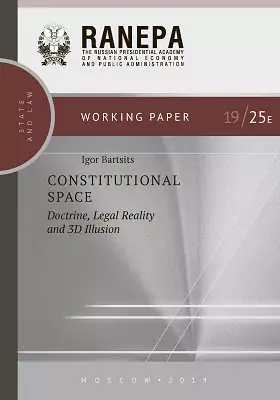Constitutional Space: Doctrine, Legal Reality and 3D Illusion = Конституционное пространство: доктрина, правовая реальность и иллюзия в формате 3D
Год: 2019
Место издания: Москва
ISBN: 978-5-85006-145-6
Страниц: 103
Артикул: 76391
Краткая аннотация книги "Constitutional Space: Doctrine, Legal Reality and 3D Illusion"
This paper studies the notion and content of constitutional space, its integral parts and components, key features and principles in order to help identify the spatial limits of state power and provide e ffi cient legal support to integration processes. To articulate the multifaceted concept of constitutional space, the author has analyzed the approaches of a number of Russian and international researchers which allowed him to trace how this concept developed from the fl at territory-bound format to a valuecentric three-dimensional presentation or so-called D format. The purpose of this paper is to defi ne the concept of constitutional space, its content and role in the context of state building aimed at ensuring territorial integrity, unity of the Russian system of law and more effi cient use of the mechanisms provided by federal agreements based on the analysis of scientifi c information sources and constitutional norms.
Содержание книги "Constitutional Space: Doctrine, Legal Reality and 3D Illusion"
Summary
Introduction: Two Views of “Constitutional Space”
Space and Society
The Notion of Space in Jurisprudence
Spatial Regulation
Features of Constitutional Law Space
Space in 3D — Space of Shared Values
Instead of a Conclusion. Materialization of a Constitution
Все отзывы о книге Constitutional Space: Doctrine, Legal Reality and 3D Illusion
Отрывок из книги Constitutional Space: Doctrine, Legal Reality and 3D Illusion
F C L Sgovernance, democratic and totalitarian political regimes, is a great example of a country whose historical experience and modern state can be used as a basis for analysis of the features of constitutional law space.S R S I E TKey provisions of the constitutional formula of the unity of legal space is entrenched in Part , Article of the Constitution of the Russian Federation that reads, “The sovereignty of the Russian Federation shall extend to the entirety of its territory”. This most general provision in combination with the principles of federal structure of Russia, on the one hand, provides legal prerequisites for division of powers between federal authorities and those of the constituent parts of the Russian Federation and, on the oth-er hand, makes undisputable the territorial unity and territorial supremacy of the Russian Federation, and the sovereignty of the unifi ed state within the whole territory of Russia without exemp-tion and regardless of the position of regional authorities. A ccording to the principle of state sovereignty and territorial su-premacy the force of law on the territory of a state is unlimited, unconditional and absolute.Supremacy and unity of state power are ensured primarily through the supremacy of federal regulatory acts. The Constitu-tion of the Russian Federation and the federal laws enshrine their supremacy in full. Supremacy of the constitution is one of pre-requisite features of a state governed by the rule of law — any normative act that comes into collision with constitutional pro-visions is null and void regardless of its authorship, sphere of ap-plication or thrust. A more detailed interpretation of this provi-sion is given in Section of the Constitution of the Russian Fed-eration “Concluding and Interim Provisions” which says that, fi rst, in the event of the non-conformity to the Constitution of the Russian Federation of the prov...
С книгой "Constitutional Space: Doctrine, Legal Reality and 3D Illusion" читают
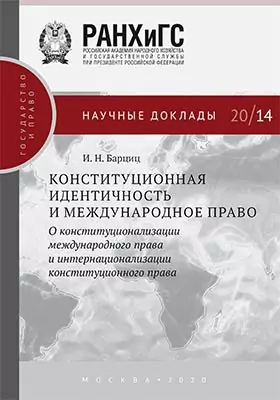
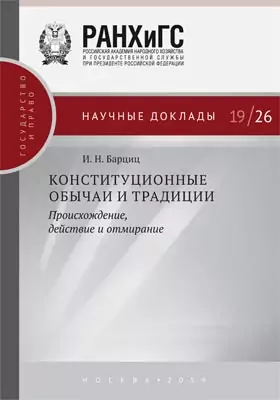
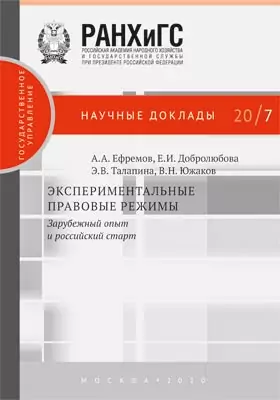
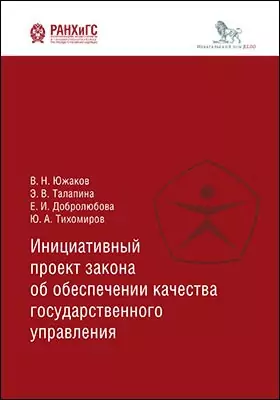
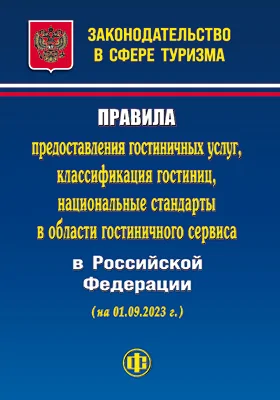
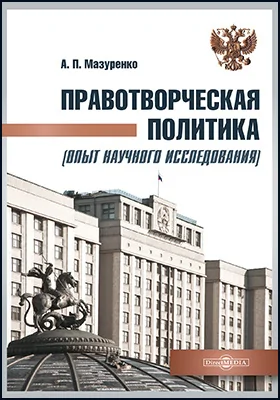
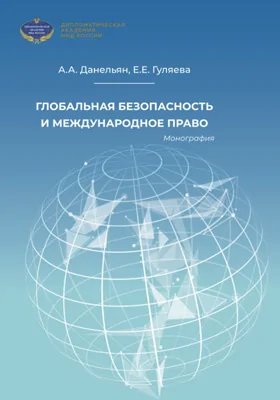
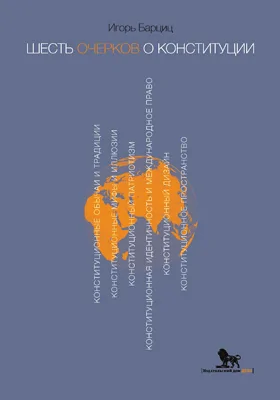
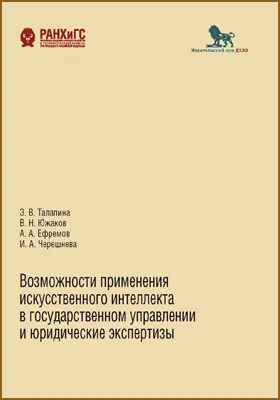
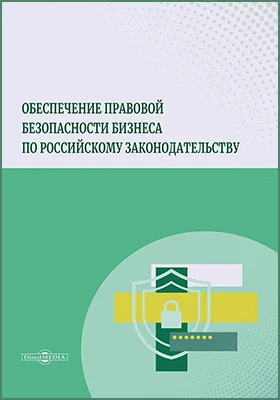
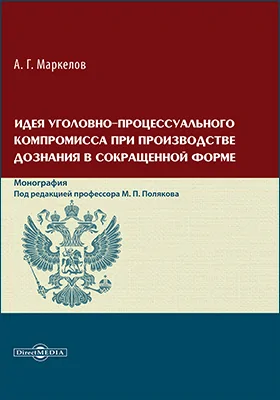
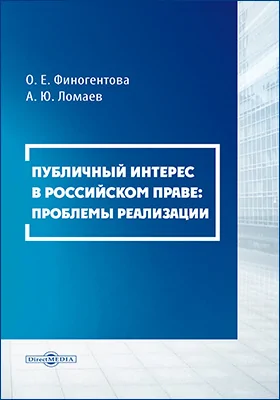
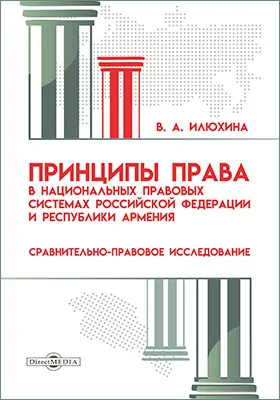
Бестселлеры нон-фикшн
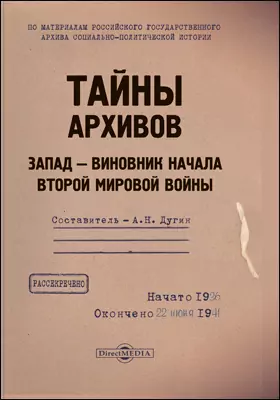

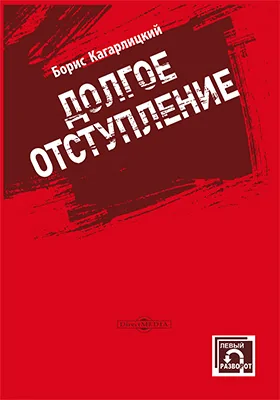
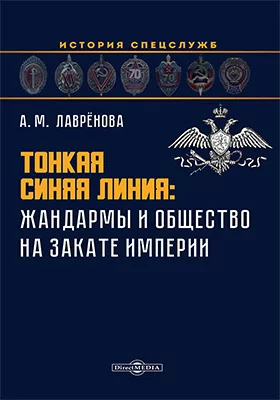
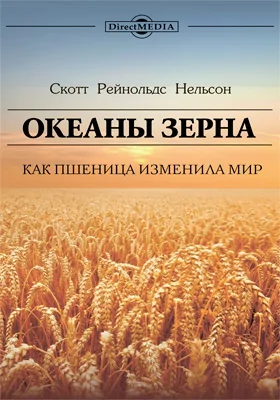
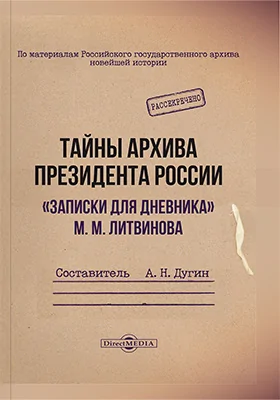
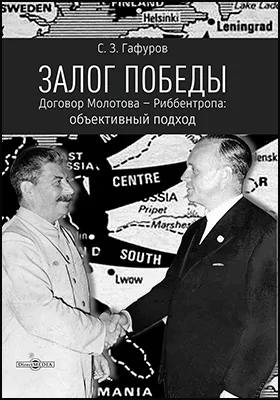
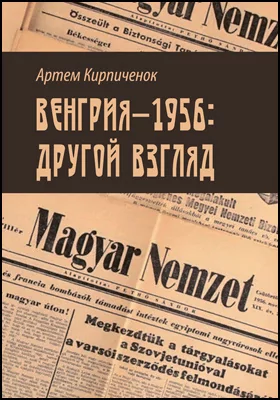
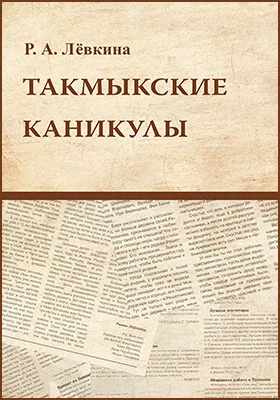
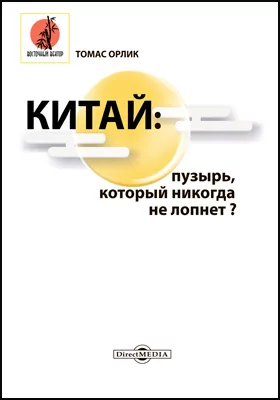
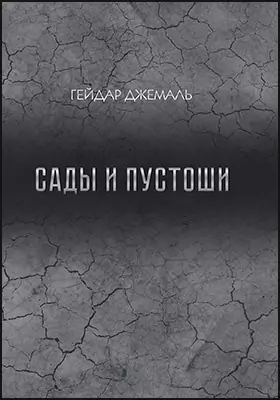
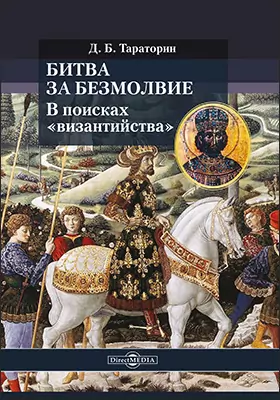
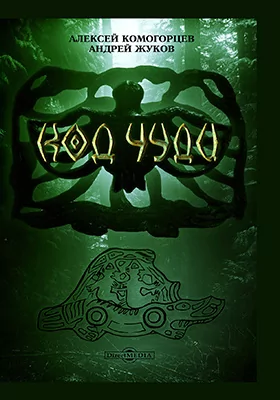
Новинки книги нон-фикшн

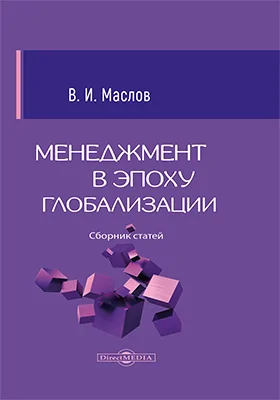
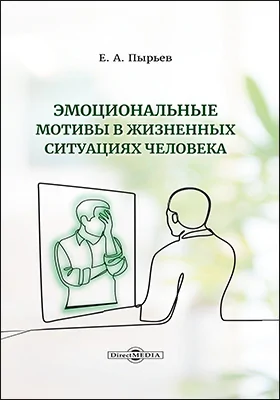
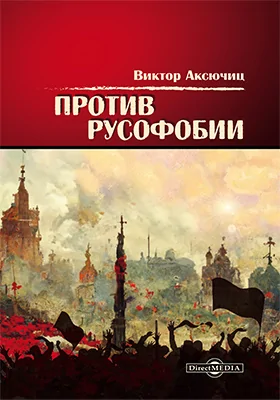
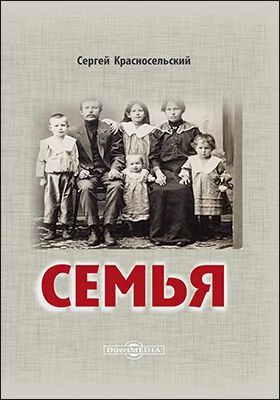
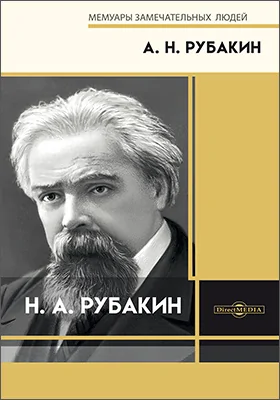
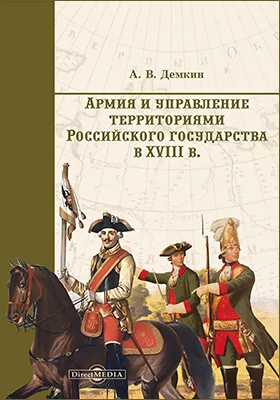
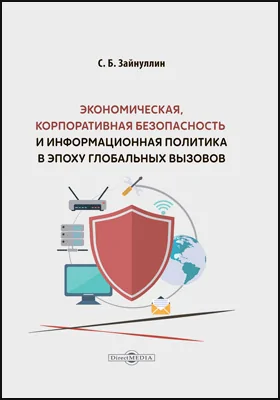
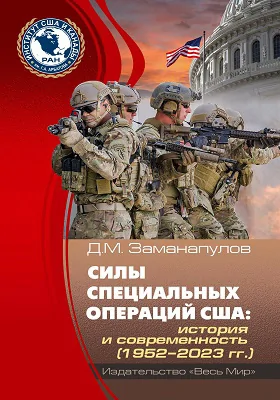
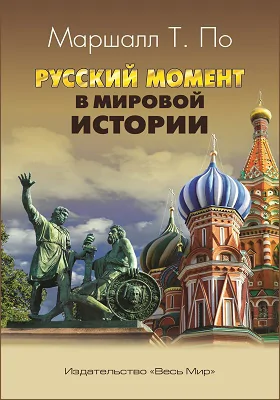
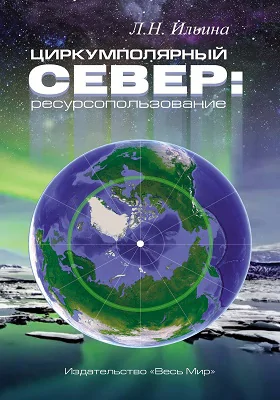

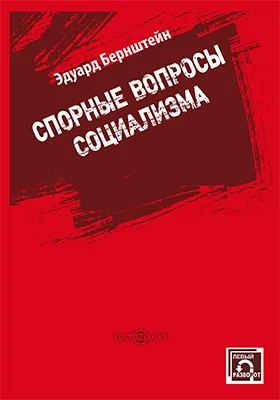
Барциц И. Н. другие книги автора
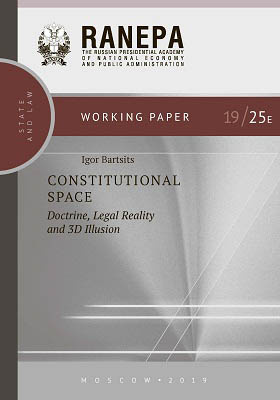
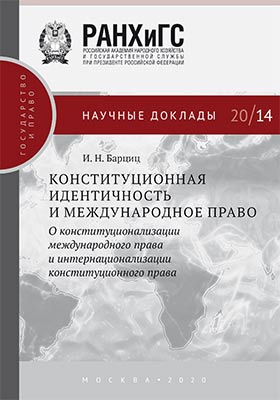
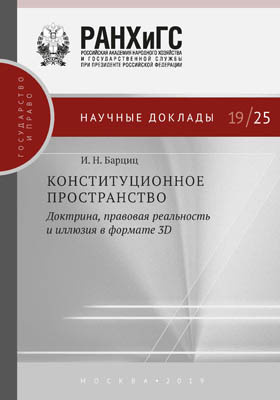
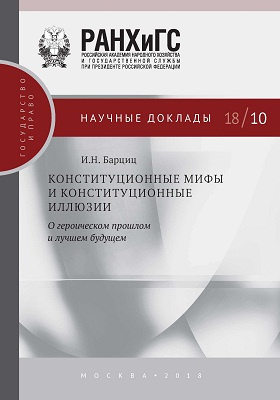
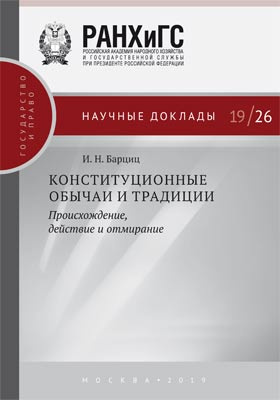
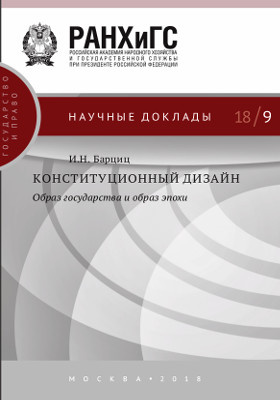
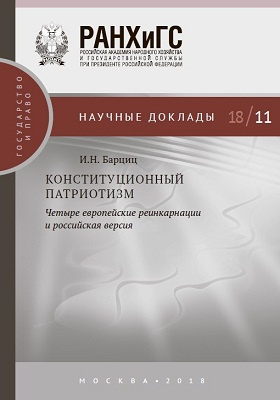
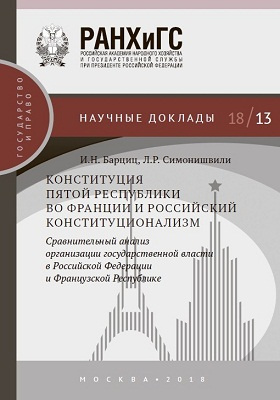
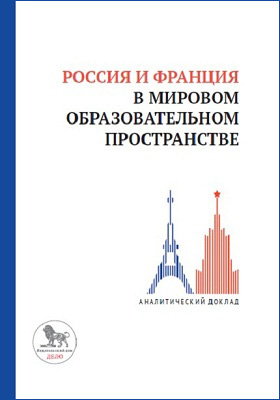
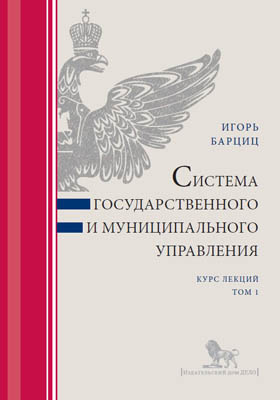
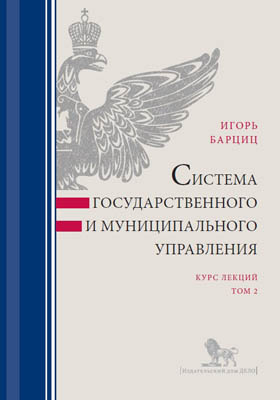
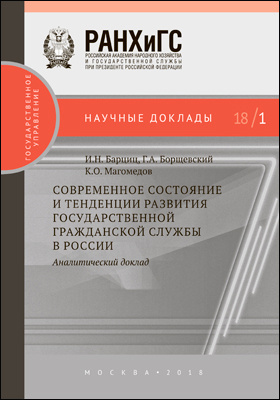
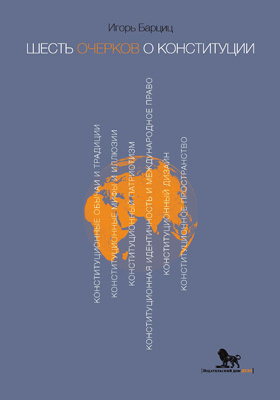
и мы свяжемся с вами в течение 15 минут
за оставленную заявку

